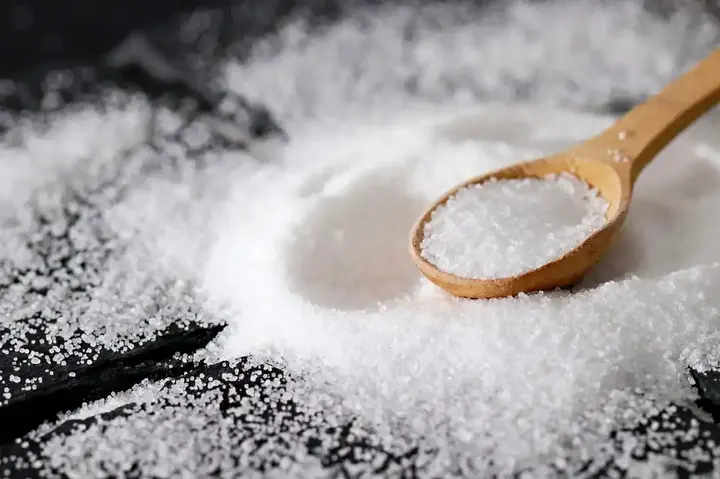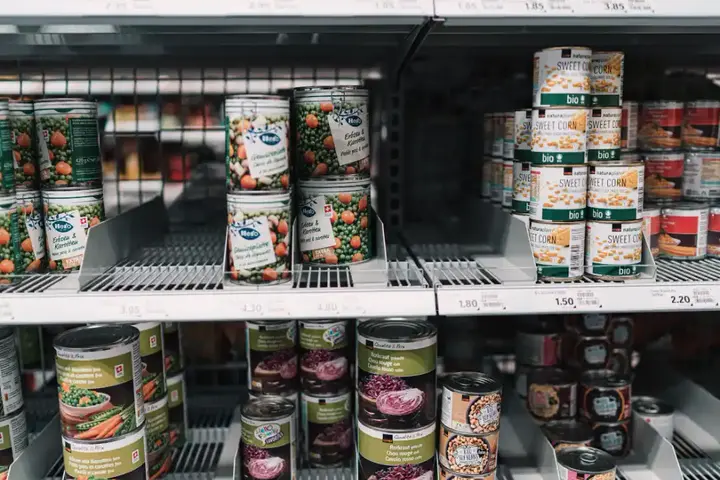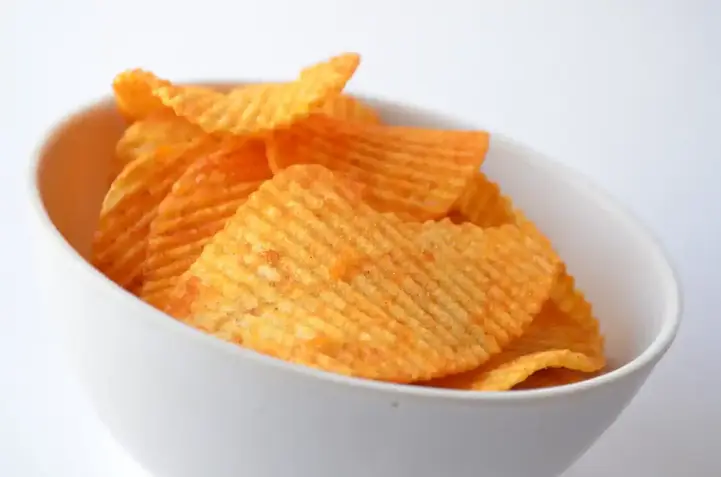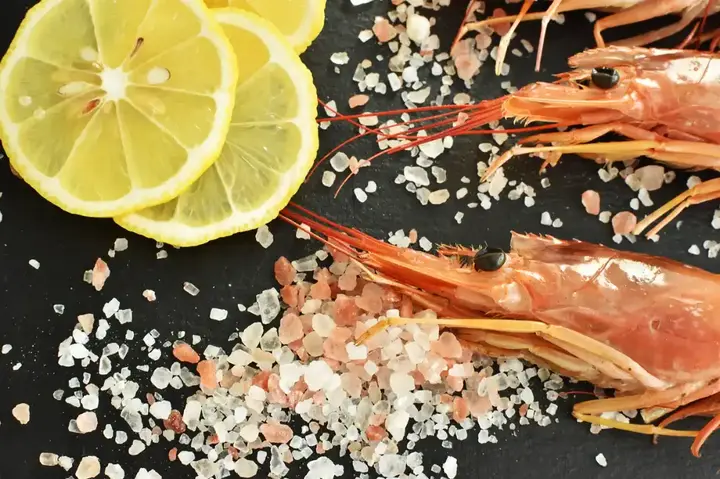Signs that you eat too much salt

In today's culinary world, salt is not just a spice; it's an ingredient found almost everywhere in every food on the market. While sodium is essential for body functions, excessive consumption can ruin your health. Do you inadvertently overload your system with salt?
Show key points
- Although sodium is vital for bodily functions, consuming it in excess can lead to serious health issues such as high blood pressure and kidney disease.
- Many individuals unknowingly exceed the recommended sodium limit of 2,300 milligrams per day, primarily due to processed and packaged foods.
- Hidden sources of sodium—like salad dressings, canned vegetables, cheese, and even whole wheat bread—can contribute significantly to daily intake.
- ADVERTISEMENT
- Physical signs such as bloating, excessive thirst, frequent urination, and headaches may indicate that your body is overloaded with salt.
- Reading food labels and choosing low-sodium or sodium-free alternatives is a powerful step toward managing salt consumption.
- Cooking at home with fresh ingredients and using herbs and spices as flavor enhancers can reduce reliance on salt without compromising taste.
- Practicing mindful eating and gradually lowering salt use can help your taste buds adjust and support long-term health improvements.
This article explores the subtle and important signs that you may be consuming too much sodium. From well-known causes like salty snacks and processed meats to less obvious sources like canned soups and spices, we dive into the tricky ways salt can sneak into your diet.
Furthermore, we discuss the impact of high salt intake on your body, from bloating and thirst to more serious health concerns such as high blood pressure and kidney disease. By recognizing these signs and understanding the consequences of excessive sodium consumption, you can take proactive steps to make healthier food choices. Join us as we uncover signs that it may be time to reconnect with the salt.
Recommend
Understanding salt balance: what is excess amount?

Maintaining a delicate sodium balance in your diet is critical to optimal health. While sodium plays a vital role in nerve function and fluid balance, consuming too much of it can lead to adverse effects on your health. So, how much salt is too much?
According to dietary guidelines, the recommended daily intake of sodium for most adults is no more than 2,300 milligrams, which is equivalent to about a teaspoon of salt. However, many individuals far exceed this limit, with the average American consuming more than 3,400 milligrams per day.
To put it in perspective, consider the sodium content of common foods and spices. Processed and packaged foods, including canned soups, frozen meals and snacks, are known for their high sodium content. Even seemingly healthy options like salad dressings and sauces can contribute significantly to your daily intake.
By understanding the recommended guidelines and considering the sodium content of your diet, you can better manage your salt intake and maintain a healthier lifestyle.
Hidden Sodium Detection: Deceptive Salt Sources in Your Diet

While it's easy to identify obvious salt sources in your diet, such as potato chips and pastries, many everyday foods contain hidden sodium that can build up quickly. One of the most infiltrated sources is processed and packaged foods, where salt is often used as a preservative and flavor enhancer. These include canned vegetables, delicious meats and even breakfast cereals.
In addition, spices such as soy sauce, ketchup, and salad dressings can be surprisingly high in sodium. Even seemingly innocent options like whole wheat bread and cheese can contribute greatly to your daily intake.
To avoid falling into the salt trap, it is essential to read food labels carefully and choose low-sodium or sodium-free options whenever possible. Cooking at home with fresh ingredients and using herbs and spices to flavor your meals can also help reduce your dependence on salt. By being careful about hidden sources of sodium, you can control how much salt you eat and prioritize your health.
Listening to your body: physical signs of excessive salt intake

Your body often presents subtle clues when it's not feeling well, and excessive salt intake is no exception. Paying attention to these physical signs can help you determine if you consume too much sodium.
Bloating is one of the most noticeable signs of a large salt intake. Eating too much salt can cause the body to retain water, leading to feelings of bloating and discomfort, especially around the abdomen and limbs.
Feeling very thirsty and frequent urination can also indicate that you are consuming more salt than your body needs. This is because your kidneys work extra time to eliminate excess sodium in your system, which can make you feel dehydrated despite drinking plenty of fluids.
In addition, headaches, fatigue and difficulty concentrating may be associated with a high salt intake, as excessive sodium intake can disrupt the delicate balance of electrolytes in the body.
By listening to these bodily cues and adjusting your diet accordingly, you can help maintain a healthy sodium balance and support your overall health.
Mindful eating: strategies to reduce salt consumption

Reducing salt intake does not necessarily mean sacrificing flavor. By adopting thoughtful eating habits and making conscious choices, you can enjoy delicious meals while reducing sodium intake.
One effective strategy is to cook more meals at home using fresh, whole ingredients. This allows you to control the amount of salt added to your dishes and try alternative spices such as herbs, spices, and citrus peel to enhance flavor.
When eating out or buying canned foods, be sure to read food labels carefully and choose low-sodium options whenever possible. You can also order sauces and side dressings and ask to prepare your meal without adding salt.
Another useful tip is to gradually reduce the amount of salt you use in cooking. Your taste buds will adapt over time, and you may find that you need less salt to achieve the same level of flavor.
By practicing mindful eating and being aware of hidden sources of salt, you can control your salt intake and support your long-term health goals.

In conclusion, salt awareness is critical to overall health. Excessive consumption of sodium can lead to various health problems. By detecting hidden sources of salt, listening to body signals, and practicing mindful eating, you can reduce your sodium intake without sacrificing flavor. Cooking at home, reading labels, and gradually reducing salt use are effective strategies. Small changes lead to important results; with these habits, you can take control of your health and pave the way for a healthier lifestyle.








